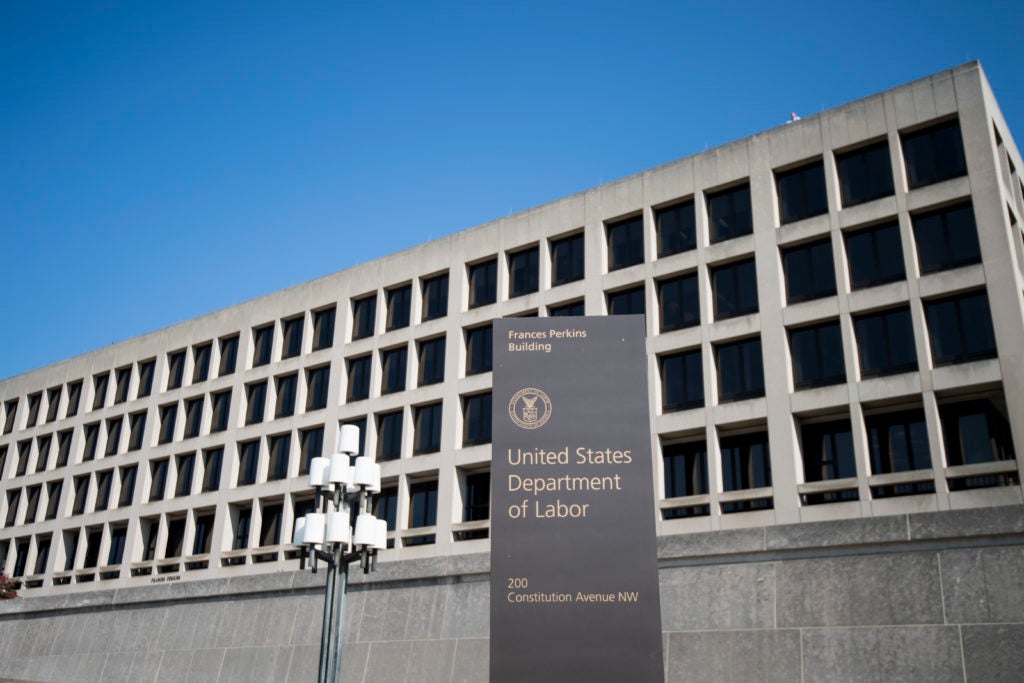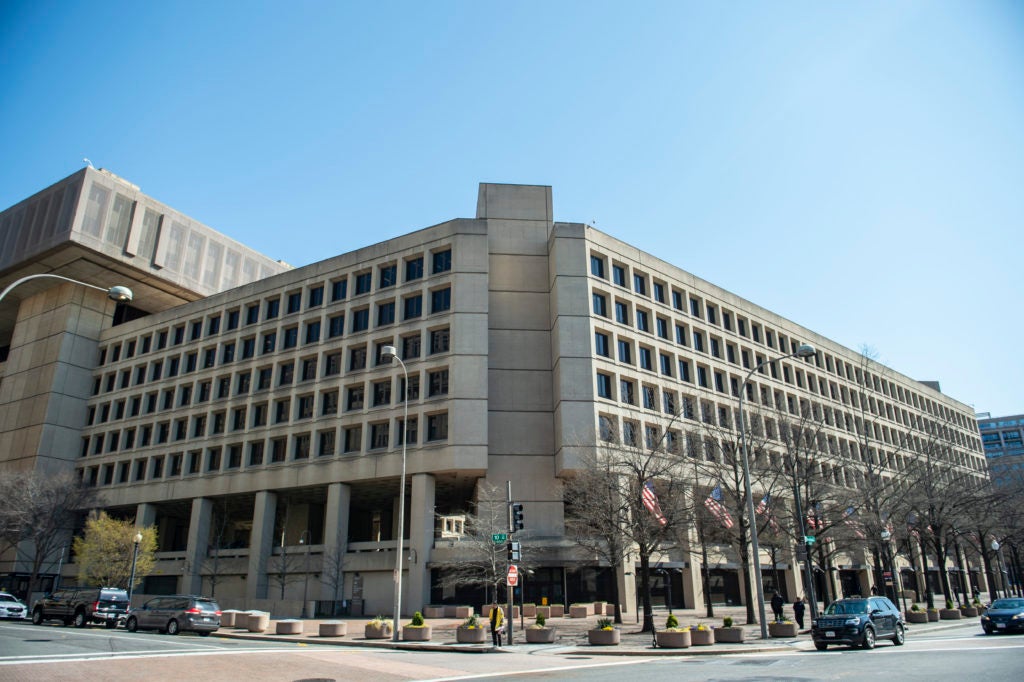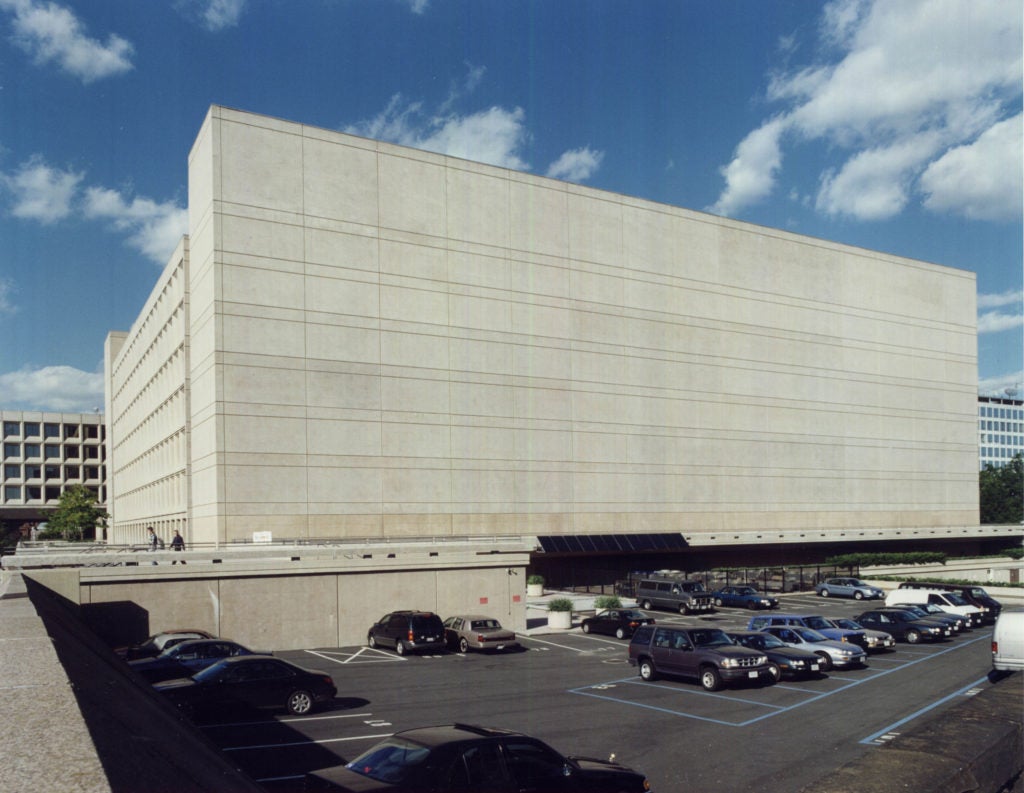‘Make Federal Buildings Beautiful Again’ Rejects Architectural Eyesores
Jarrett Stepman /
Must our federal government’s buildings really be so hideous?
The New York Times reported that the Trump administration is drafting an executive order, “Making Federal Buildings Beautiful Again,” intended to provide guidance for federal buildings around the country to adhere to a classical design. Think the U.S. Capitol building.
That would be a move away from the modernist trend of federal building design that has become common in the past half-century.
That would be a wonderful development.
Marion Smith, head of the National Civic Art Society and the Victims of Communism Memorial Foundation, said it perfectly in a message to The New York Times:
For too long, architectural elites and bureaucrats have derided the idea of beauty, blatantly ignored public opinions on style, and have quietly spent taxpayer money constructing ugly, expensive, and inefficient buildings.
Classical design used to be more common in federal buildings, but in the mid-20th century, the design aesthetic rapidly changed.
The neoclassical architecture was abandoned in favor of modernist, Brutalist designs, which are common throughout the District of Columbia and other cities across America.
Some groups, however, are unhappy with the administration’s planned change.
“Architecture should be designed for the specific communities that it serves, reflecting our rich nation’s diverse places, thought, culture, and climates,” reads a statement from the American Institute of Architects, which opposes limitations on design choice. “Architects are committed to honoring our past as well as reflecting our future progress, protecting the freedom of thought and expression that are essential to democracy.”
Others seem to have come out in favor of the modernist designs through their opposition to President Donald Trump, who once said of the FBI headquarters in Washington, D.C., “It’s one of the Brutalist-type buildings, you know, Brutalist architecture. Honestly, I think it’s one of the ugliest buildings in the city.”
So, of course, as soon as Trump engaged in Brutalism bashing, some on the left reflexively took the other side.
Henry Grabar, writing for Slate, tried to explain why Trump dislikes the giant cement blocks and placed it in pure ideological terms: “Such structures, in addition to their perceived deviance from the ‘Western traditions’ venerated by American fascists, represent the tastes and lifestyles of America’s treacherous urban elite.”
Another critic, Juan Sebastian Pinto, was even more hysterical about the switch to classical design, comparing the move to projects orchestrated by Nazi Germany.
He wrote, “It is the coerced and anachronistic exploitation of these symbols as a mobilizing political force that characterizes the fascist project.”
It’s true that building architecture can be ideological.
Brutalist modernism, after all, did have a connection to collectivist ideologies in the 20th century, including communism and socialism. It was a common and preferred form of architecture in the former Soviet Union.
And there’s no doubt that the alphabet soup of post-New Deal agencies were almost all built in the Brutalist style.
The headquarters buildings of the FBI, the National Security Agency, the Environmental Protection Agency, and the Department of Housing and Urban Development, among many others, all draw on this modernist sensibility, and look exactly how I imagine the buildings Winston Smith was dragged into for thought crimes would look in George Orwell’s “1984.”
But the bottom line is, ideology aside, the Brutalist designs are unsightly. Not to state opinion as fact, but just look at these monstrosities:



I can’t claim to be an expert in architecture, but it’s hard to see how anyone could be particularly disappointed to see these designs be abandoned.
In a certain sense, however, the ugly modernist buildings do serve a purpose.
They do perhaps give a sense to visitors to Washington that they really are entering Mordor, the fictional land of evil from “The Lord of the Rings.” One feels the unrelenting weight of the state in their presence and the anti-humanness of their appearance.
At the end of the day, though, Sen. Mike Lee, R-Utah, is right when he wrote that the demise of the federal government’s “embarrassing fetish for eyesores” is a welcome change.
